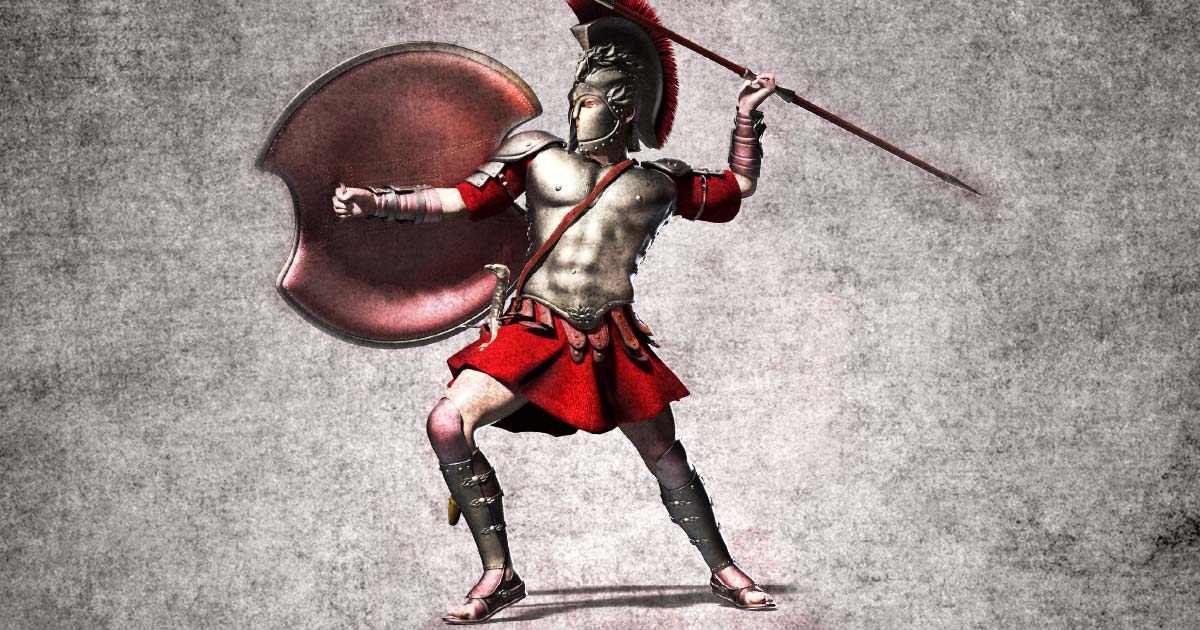Wearing Skirts Was Considered Manly in Ancient Greece
When we think of manliness, images of rugged warriors and fearless gladiators often come to mind. However, history has its surprises, and one of the most fascinating twists in the realm of masculinity comes from ancient Greece – a time when wearing skirts was not just fashionable, but a symbol of unparalleled manliness.
The Skirted Spartans
In ancient Greece, particularly during the archaic and classical periods (circa 800-323 BC), skirts were an essential element of traditional Greek clothing for both men and women. Men's attire included the chiton, a simple garment akin to a knee-length skirt made from a rectangular piece of fabric fastened with pins or buttons, and the himation, a large shawl worn over the chiton. This style was not only practical for the warm Mediterranean climate but also conveyed a sense of strength and power.
Warriors in Wisps
The iconic Spartans, known for their military prowess, were proud wearers of the periskelis – a short, belted skirt made from wool. This choice of attire was driven by a blend of practicality and symbolism. The periskelis allowed for ease of movement on the battlefield, granting the Spartan warriors an advantage in combat. Moreover, the choice to wear skirts reinforced their dedication to their military lifestyle and a rejection of luxury, aligning with the warrior ethos.
- From Loincloths to Lingerie: 10 Unique Styles of Clothing from Ancient History
- Spartan Soldier From Birth: Growing Up In A City of Warriors

Ancient Greek men wearing the chiton. Fresco of cult procession from Knossos (ArchaiOptix / CC by SA 4.0)
Tough Guys in Togas
Let's not forget the iconic 'toga', often associated with the Romans. While the Greeks didn't exactly sport the toga, its origin can be traced back to the Grecian himation, a garment worn over the left shoulder. Both outfits were markers of distinction, and in the Greek city-states, particularly Athens, the way you wore your himation could send strong social and political signals.
Cultural Connotations
The preference for skirts also had deep cultural roots. In ancient Greece, the human form was celebrated, and clothing was often designed to accentuate the body's natural shape. Skirts allowed for freedom of movement, highlighting the physical prowess of men engaged in athletic activities or combat.
As centuries rolled on, fashion evolved, often in unexpected directions. The manly skirts of Greece gave way to trousers, thanks in large part to the influence of other cultures and the practicalities of horseback riding. However, remnants of the ancient style persist, like the Scottish kilt or the Japanese hakama.
Fashion, like all human constructs, is transient and deeply rooted in the socio-cultural fabric of its time. So, looking back at the Greeks, we're reminded that clothing has no inherent gender; it's all about the value and significance we attribute to it.
Top image: Spartan in a Skirt. Source: Dina / Adobe Stock.

















